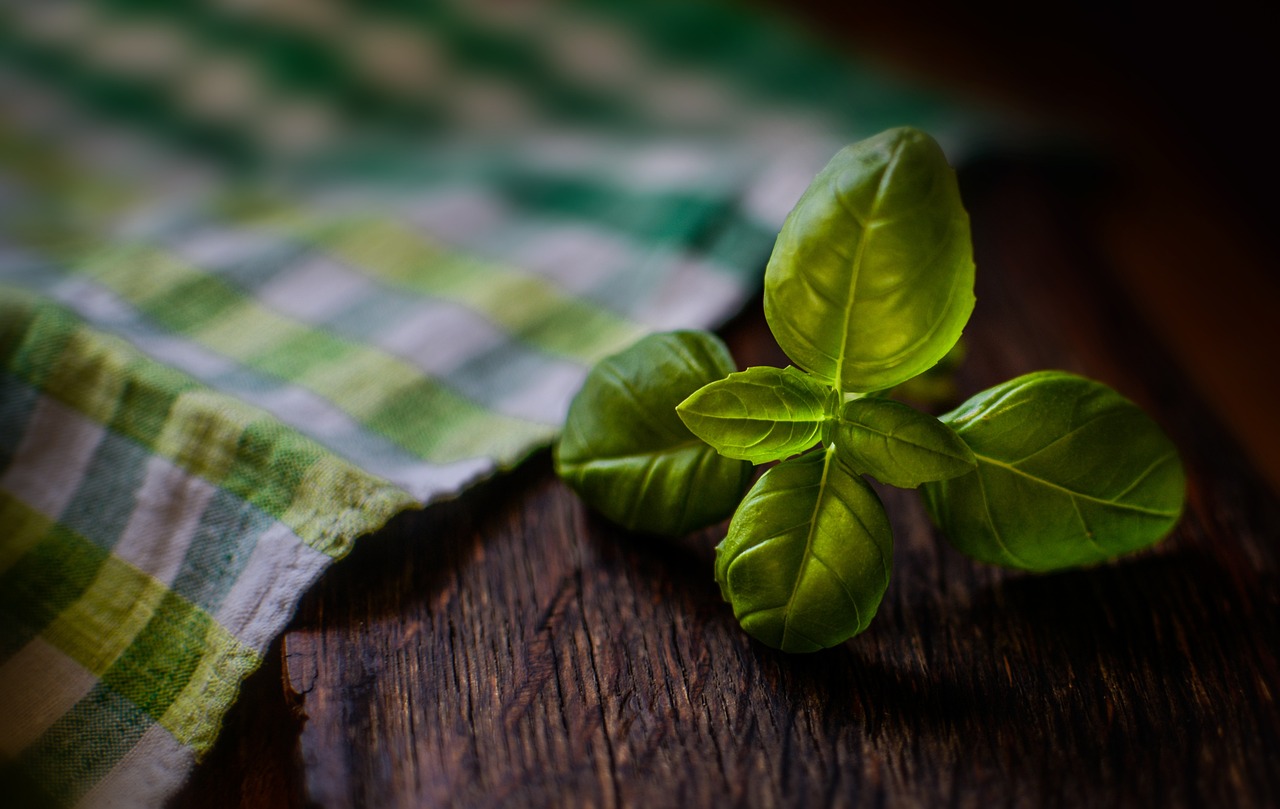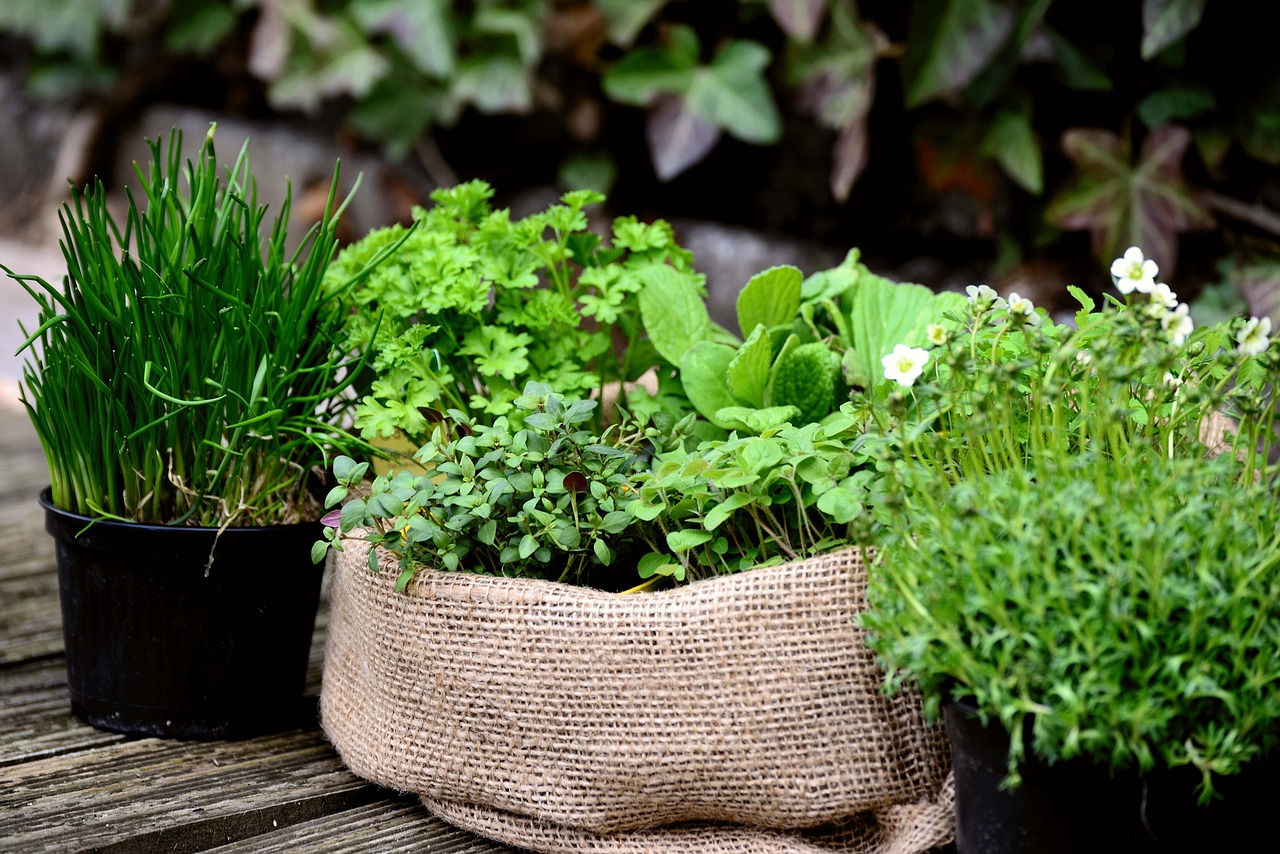Herb garden design ideas can transform any outdoor space into an inspiring and practical area for growing fresh herbs. By utilizing raised beds, vertical gardens, or container arrangements, you can create a visually appealing garden that enhances your cooking and adds beauty to your home.
Creating an herb garden not only provides easy access to fresh ingredients but also enhances the aesthetic of your outdoor space. With the rise in popularity of home gardening, many are discovering the joys of cultivating their own herbs. Herbs are not only functional but can also add flavor to your dishes and fragrance to your garden. They come in various forms, from sprawling ground covers to compact shrubs, making them versatile for different garden designs.
When designing an herb garden, consider the layout, plant selection, and overall theme. The garden can be a part of a larger landscape or a standalone feature. Factors such as sunlight, soil type, and climate play a crucial role in determining which herbs will flourish in your space. Additionally, incorporating decorative elements like stones, pathways, or trellises can enhance both function and aesthetics.
Choosing the Right Location

The first step in designing an herb garden is selecting the right location. Most herbs thrive in full sun, requiring at least six hours of direct sunlight each day. Consider these key points when choosing the perfect spot:
- Look for a sunny area with good drainage.
- Avoid locations prone to strong winds that could damage delicate plants.
- Ensure easy access to water for regular watering needs.
- Consider proximity to the kitchen for convenience when harvesting.
While most herbs prefer full sun, some varieties like mint and parsley can tolerate partial shade. Understanding the light requirements of each herb will help you maximize growth and flavor.
Design Ideas for Your Herb Garden
There are numerous design options to consider when planning your herb garden. Here are some popular ideas that blend functionality with aesthetics:
Raised Beds
Raised beds provide excellent drainage and can be filled with quality soil tailored for herbs. They also reduce the need for bending down, making gardening easier. Raised beds can be built using wood, stone, or bricks and can be arranged in various shapes to suit your space.
Vertical Gardens
If space is limited, vertical gardens are an innovative solution. By using wall-mounted planters or trellises, you can grow herbs vertically. This not only saves ground space but also creates a stunning visual display.
Container Gardening
Container gardening allows flexibility in design. You can use pots of different sizes and styles to create an eye-catching arrangement on patios or balconies. Containers can be moved easily to optimize sunlight exposure or change the layout as desired.
Essential Herbs for Your Garden
When selecting herbs for your garden, consider those that are commonly used in cooking. Here is a table of popular culinary herbs along with their uses:
| Herb | Uses |
|---|---|
| Basil | Pasta dishes, salads, sauces |
| Oregano | Pizza, marinades, Greek dishes |
| Rosemary | Roasted meats, bread, potatoes |
| Thyme | Soups, stews, dressings |
| Mint | Teas, desserts, salads |
Selecting a variety of herbs will not only enhance your cooking but also create a diverse and vibrant garden. As you explore different designs and arrangements, you’ll find that each herb has its unique beauty, contributing to the overall charm of your outdoor space.
Creating a Multi-Functional Herb Garden
A well-designed herb garden can serve multiple purposes beyond simply providing fresh herbs. By incorporating various elements, you can create a space that is not only practical but also enjoyable for relaxation and entertainment. Here are some ideas for making your herb garden multi-functional:
Incorporating Seating Areas
Designing seating areas within your herb garden allows for a cozy retreat right outside your kitchen. Consider these options:
- Benches: Place benches among the herbs to create a tranquil spot for reading or enjoying a cup of tea.
- Outdoor Tables: A small table can be perfect for outdoor dining or casual gatherings with friends.
- Shade Structures: If your garden receives a lot of sunlight, consider adding a pergola or umbrella to provide shade.
These elements will encourage you to spend more time in your herb garden, enjoying the fruits of your labor while relaxing in nature.
Pathways and Borders
Defining pathways and borders in your herb garden can enhance both its functionality and aesthetic appeal. Consider the following:
- Stone or Gravel Paths: Create clear pathways using stones, gravel, or mulch to make navigation easier and keep plants from being trampled.
- Wooden Edging: Use wooden borders to define different sections of your garden and prevent soil erosion.
- Plant Borders: Incorporate low-growing herbs like chamomile or creeping thyme as natural borders along pathways.
Well-defined pathways not only improve accessibility but also add structure and visual interest to your garden.
Companion Planting in Your Herb Garden
Companion planting is an excellent strategy that involves placing different plants together for mutual benefits. Here are some popular companion planting combinations that work well with herbs:
Enhancing Growth and Flavor
Certain herbs can boost each other’s growth or flavor when planted together. For example:
- Basil and Tomatoes: Basil enhances the flavor of tomatoes while repelling pests.
- Chives and Carrots: Chives help deter carrot flies, leading to healthier carrots.
- Mint and Cabbage: Mint repels cabbage moths, protecting your cabbage crops.
This method allows you to maximize the productivity of your garden while minimizing the need for chemical pesticides.
Attracting Beneficial Insects
Some herbs are excellent at attracting beneficial insects, which can help with pollination and pest control. Consider adding:
- Dill: Attracts beneficial wasps that prey on aphids.
- Borage: Attracts bees, improving pollination for nearby plants.
- Lavender: Attracts a variety of pollinators and also repels pests like moths.
By strategically planting these herbs, you can create a balanced ecosystem that promotes healthy growth in your garden.
Seasonal Considerations for Your Herb Garden

When planning your herb garden, it’s essential to consider seasonal changes. Different herbs thrive during various times of the year, affecting your planting strategy:
Spring Planting
In spring, many herbs can be planted directly into the ground or started indoors. Some popular choices include:
- Basil
- Cilantro
- Dill
This is also an excellent time to prepare the soil with compost to ensure healthy growth.

Summer Maintenance
During the summer months, regular watering and maintenance are crucial. Keep an eye out for pests and consider harvesting frequently to promote new growth.
Fall Harvesting
In fall, many herbs will reach their peak flavor. Plan for a big harvest, and consider drying or freezing surplus herbs to preserve their freshness for winter use.
By understanding seasonal dynamics, you can ensure a bountiful herb garden all year round, maximizing both productivity and enjoyment.
Designing an Aesthetic Herb Garden
While the practical aspects of an herb garden are essential, aesthetic design plays a significant role in creating an inviting space. An attractive herb garden can enhance your outdoor area and provide a relaxing environment. Here are some design strategies to consider:
Color Schemes and Plant Arrangements
Color can dramatically influence the mood of your garden. When selecting herbs, consider how their colors will complement each other and the overall landscape:
- Green Varieties: Many herbs, such as basil, parsley, and mint, have vibrant green foliage that can create a lush backdrop.
- Flowering Herbs: Incorporate herbs like chives and lavender, which produce beautiful flowers. These can add pops of color while attracting pollinators.
- Variegated Leaves: Choose herbs with variegated or colorful leaves, such as purple basil or golden oregano, to create visual interest.
By strategically arranging your herbs based on color, you can create a visually stunning garden that changes with the seasons.
Layering and Height Variation
Creating layers in your herb garden adds depth and dimension. Consider the following techniques:
- Tall Plants: Place taller herbs like dill or fennel at the back of the garden bed or against a wall.
- Midsize Plants: Position herbs like rosemary or sage in the middle layer to bridge the gap between tall and short plants.
- Low-Growing Varieties: Use ground covers like creeping thyme or oregano at the front to fill in spaces and create a lush carpet effect.
This layering approach not only maximizes space but also allows for better air circulation and sunlight access for all plants.
Incorporating Decorative Elements
Adding decorative features can elevate the visual appeal of your herb garden. Here are some elements to consider:
Garden Structures
Structures such as trellises, arbors, or pergolas can enhance the design of your herb garden while providing support for climbing plants:
- Trellises: Use trellises to support climbing herbs such as pole beans or certain varieties of peas alongside your herbs.
- Arbors: Create a focal point with an arbor that offers shade and beauty while serving as a support for climbing plants.
- Pergolas: Consider installing a pergola for an outdoor seating area where you can enjoy your garden while being sheltered from the sun.
Decorative Containers
If you choose to use containers for your herbs, select ones that complement your garden’s style. Here are some options:
- Terracotta Pots: These classic pots provide excellent drainage while adding a rustic charm.
- Colorful Ceramic Pots: Brightly colored pots can inject personality into your garden, creating cheerful focal points.
- Hanging Baskets: Utilize hanging baskets to display trailing herbs like oregano or chamomile, adding vertical interest.
Containers can be arranged in various configurations to create a dynamic display that suits your personal style.
Integrating Pathways and Edging

Pathways and edging not only help define your herb garden but also facilitate easy access for maintenance. Consider these materials and designs:
Pathway Materials
The choice of materials for pathways can impact both functionality and aesthetics. Here are some popular options:
- Pavers: Stone or brick pavers create a durable and visually appealing pathway that blends well with natural surroundings.
- Gravel: Gravel provides excellent drainage and creates a rustic look while being easy to maintain.
- Bark Mulch: A softer option, bark mulch paths are affordable and blend seamlessly with garden beds.
Edging Options
Edging helps define the boundaries of your herb garden and keeps grass and weeds at bay. Consider these materials:
- Wood Edging: Timber or logs can provide a natural look while being easy to install.
- Stone Borders: Natural stones or bricks add durability and elegance to the garden’s edge.
- Corten Steel Edging: This modern option offers a sleek appearance while being long-lasting.
The right combination of pathways and edging will not only enhance the visual appeal but also improve the practicality of your herb garden, making it easier to navigate and maintain.
Caring for Your Herb Garden
Maintaining a thriving herb garden requires regular care and attention. By implementing proper gardening practices, you can ensure that your herbs remain healthy and productive throughout the growing season. Here are some essential care tips:
Watering Techniques
Herbs generally prefer well-drained soil, so it’s crucial to find a balance when it comes to watering:
- Deep Watering: Water your herbs deeply but infrequently. This encourages deep root growth and helps the plants withstand dry periods.
- Morning Watering: Watering in the morning reduces evaporation and allows plants to absorb moisture before the heat of the day.
- Check Soil Moisture: Use your finger to check the top inch of soil. If it feels dry, it’s time to water.
By following these techniques, you can prevent overwatering, which can lead to root rot, and ensure your herbs thrive.
Fertilizing Your Herbs
Fertilization can enhance growth, but it’s important to know when and how to fertilize:
- Organic Fertilizers: Use organic options such as compost or well-rotted manure, which provide slow-release nutrients.
- Frequency: Fertilize herbs in early spring when new growth appears and again during mid-summer if necessary.
- Avoid Over-Fertilizing: Too much fertilizer can lead to excessive foliage growth at the expense of flavor.
Understanding the nutritional needs of your herbs will help promote robust growth while maintaining their essential flavors.
Pest Control and Disease Management
Pests and diseases can threaten the health of your herb garden. Here are some effective management strategies:
- Natural Predators: Introduce beneficial insects like ladybugs or lacewings that prey on harmful pests.
- Neem Oil: Use neem oil spray as a natural pesticide that is safe for both plants and beneficial insects.
- Crop Rotation: Practice crop rotation each year to minimize disease buildup in the soil.
Regularly inspecting your plants for signs of distress will allow you to act quickly against any threats before they escalate.
Final Thoughts
Designing and maintaining an herb garden offers a unique opportunity to blend practicality with creativity. By considering factors such as location, plant selection, aesthetic elements, and seasonal care, you can create a vibrant space that not only provides fresh herbs for your kitchen but also enhances your outdoor living experience.
The joy of growing your own herbs is unmatched. With variety in colors, textures, and fragrances, an herb garden can become a focal point of your home. Whether you opt for a traditional garden layout or innovative vertical designs, the possibilities are endless. Remember to embrace companion planting and seasonal adjustments to ensure a thriving environment for your herbs.
Ultimately, an herb garden is more than just a collection of plants; it represents a connection to nature, sustainability, and the pleasure of cooking with fresh ingredients. As you embark on or continue your herb gardening journey, savor each step along the way. The rewards are not only found in the herbs you harvest but also in the beauty and tranquility of your outdoor space.
